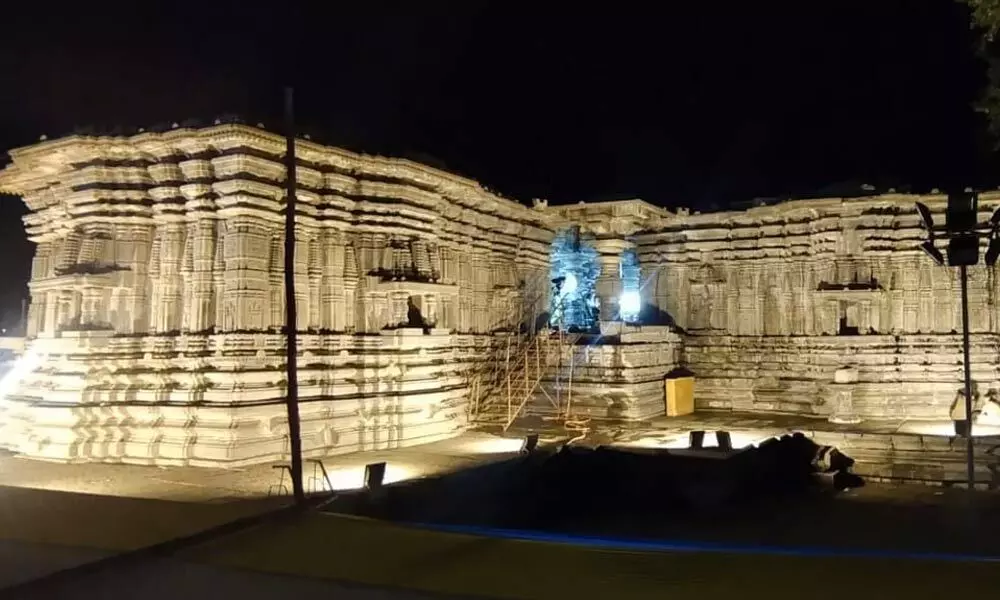Live
- Indian Navy's training ships undertake professional exchanges in Cambodia
- PM Modi’s advice during ‘Pariksha Pe Charcha’ helped me overcome exam fear: 10th grader Ananya Batham
- Odisha: Key suspect in murder case surrenders in Bhubaneswar
- Gujarat: Man pressures woman for religious conversion in Vadodara
- Additional RPF deployed to facilitate Maha Kumbh devotees: Central Railway after Delhi stampede
- IPL 2025: KKR and RCB to play tournament opener at Eden Gardens on March 22
- Tejas Dhingra retains national championship title at NEC Show Jumping 2024-25
- Skydiving festival kicks off in Jamshedpur, highlights Jharkhand’s tourism potential
- Gold up 11 pc in 2025, likely to remain bullish amid global uncertainties
- Shashi Tharoor urges critics to read his article on Kerala startups' growth before commenting









